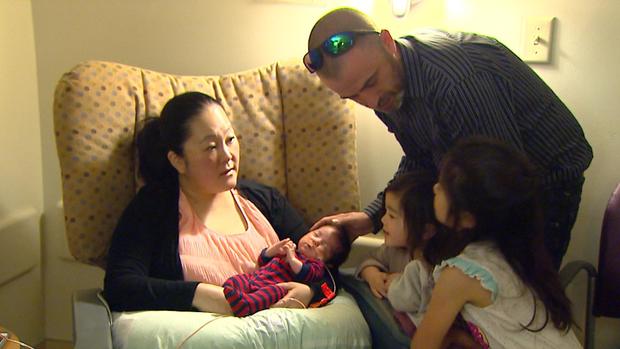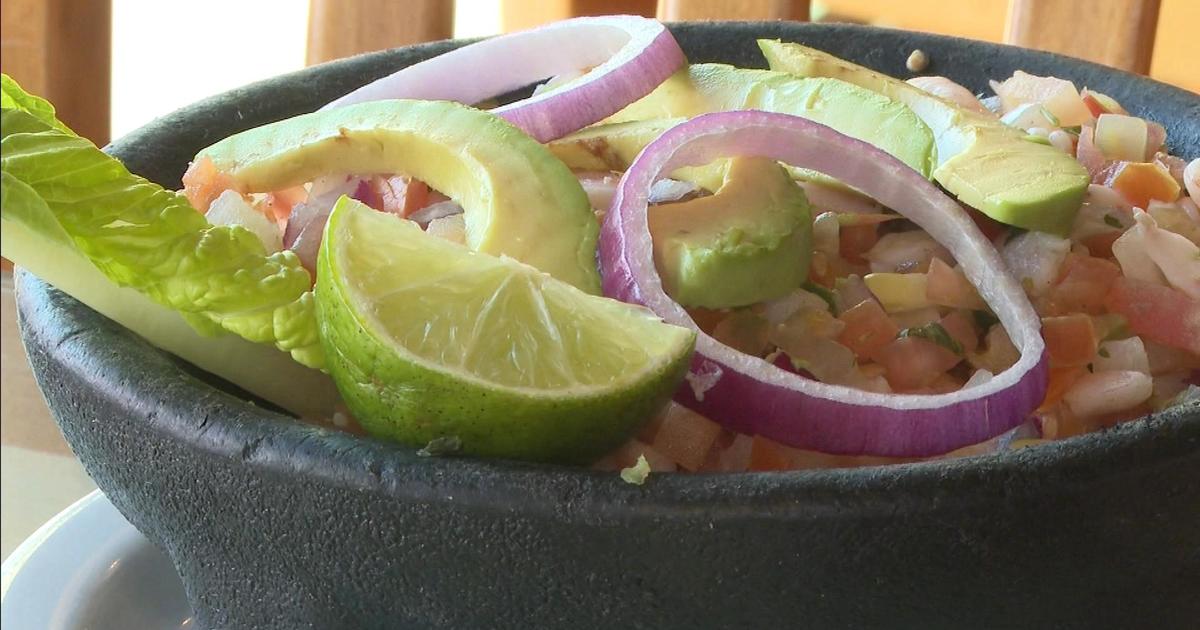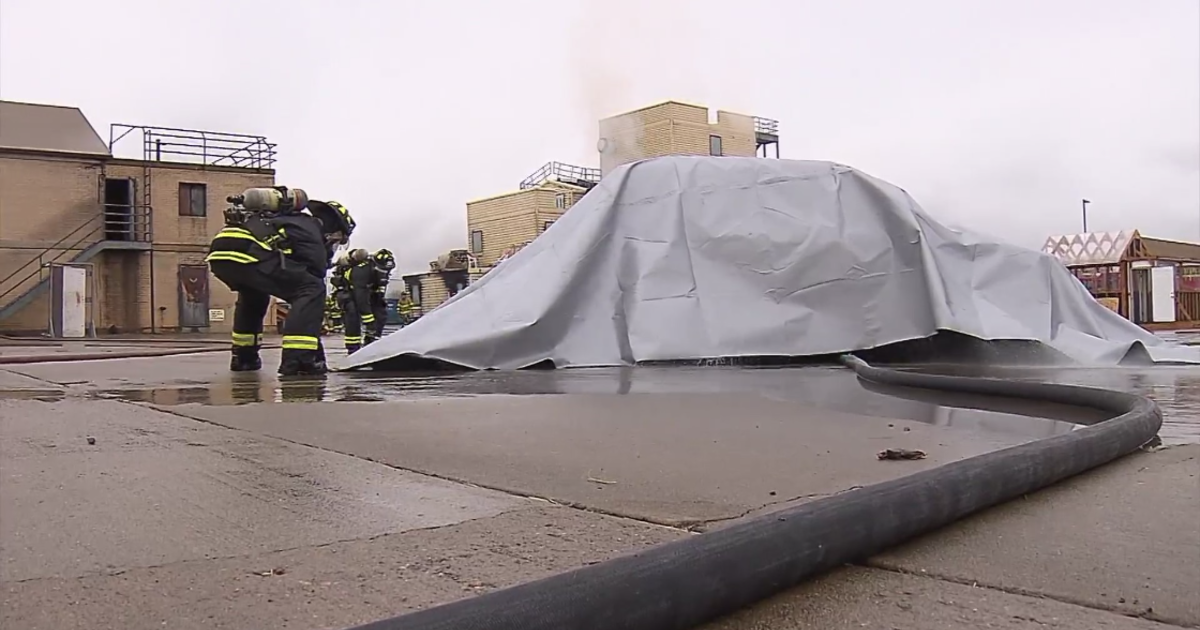Mother And Baby Survive Serious Complications Linked To C-Sections
By Kathy Walsh
THORNTON, Colo. (CBS4) - A mother from Thornton is especially grateful this Thanksgiving. Both she and her baby boy survived a life-threatening pregnancy condition.
Now, Maya Fieweger is sharing her story to spread the word that multiple cesarean sections can put mothers at risk for this complication.
CBS4 Health Specialist Kathy Walsh met the Fieweger family at the neonatal intensive care unit at the University of Colorado Hospital. It's not where they would choose to spend the holidays, but baby Grayson arrived nine weeks early because Maya had serious complications.
"You could hemorrhage and not know it and it could potentially be fatal," Maya said.
Early in her pregnancy, she feared she was having a miscarriage.
"I had started having some significant bleeding which obviously isn't normal for a pregnancy," she said.
Scans showed her placenta was lying very low.
"It's right over the cervix," surgeon Dr. Saketh Guntupalli explained pointing out the placenta on Maya's MRI.
Guntupalli said he also saw what is called placenta percreta, the placenta had grown through the wall of the uterus. Placenta percreta is the most serious form of three life-threatening problems grouped under the umbrella of placenta accreta. Guntupalli has treated 54 cases in five years.
"Maya's was one of the worst," said Guntupalli. "Hers was invading outside the uterus and actually into the back of the bladder."
Maya's daughters were both born by cesarean section. Experts believe scarring from multiple C-sections increases the risk of placenta percreta.
"When the placenta attaches it doesn't attach properly," said Guntupalli who is a gynecologic oncologist and Director of the UCHealth Placenta Accreta Response Team.
Baby Grayson was delivered by C-section at 31 weeks. Maya, then, had a hysterectomy to remove the placenta safely. Her blood volume had to be replaced twice during surgery.
"I'm really fortunate to be here," she said and she was more than willing to share her story to alert other mothers.
According to the National Vital Statistics System, in 2015 in the U.S., 32 percent of all deliveries were by cesarean. Back in 1965, when the birth rate was first measured, it was 4.5 percent. Experts say the incidence of placenta complications has also been steadily increasing.
Kathy Walsh is CBS4's Weekend Anchor and Health Specialist. She has been with CBS4 for more than 30 years. She is always open to story ideas. Follow Kathy on Twitter @WalshCBS4.






